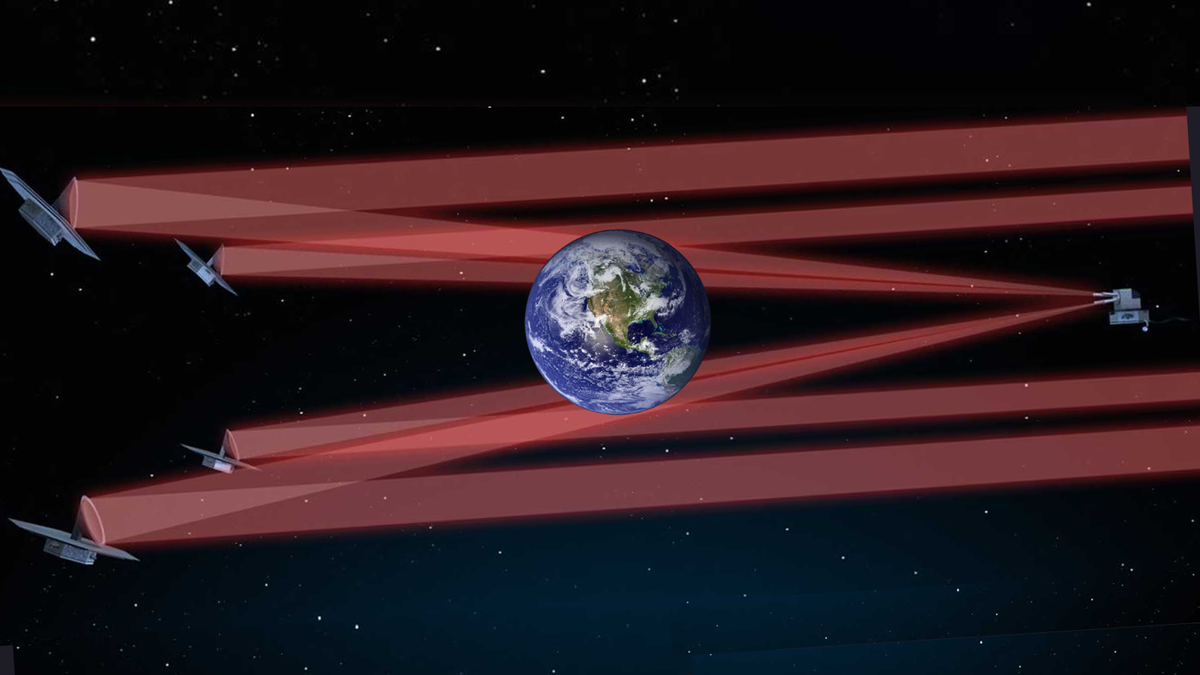The newly discovered comet is already putting on a show for amateur astronomers with telescopes at the ready.
Comet SWAN25F, first spotted in data from the SWAN instrument aboard the sun-watching SOHO spacecraft, is now bright enough for amateur astronomers to track and photograph with backyard gear.
Early observations suggest this comet is rich in hydrogen, contributing to its vibrant green coma. It's possible that the comet could brighten past 5th magnitude by the end of April, potentially becoming visible to the naked eye under dark skies.
Australian amateur Michael Mattiazzo discovered the comet in late March using SWAN imagery, which maps hydrogen in the solar wind according to Spaceweather.com.
On April 3, Mike Olason captured stunning images from Tucson, Arizona, when the comet had a magnitude of 10.6. Olason then captured the comet again on April 6 as it brightened to magnitude 8.4, a thin, extended tail is now visible.
In Austria, skywatchers Michael Jaeger and Gerald Rhemann photographed SWAN25F’s tail stretching more than 2 degrees across the sky.
New bright comet SWAN25F2025-04-06 UT 2.50LRGB 16/5/5/5 min 11"/2.2 RASA QHY600Michael Jäger, Gerald Rhemann pic.twitter.com/FJuwRVGMd5April 6, 2025
Nick James of the British Astronomical Association told Spacweather.com that while it's too early to predict the comet's peak brightness, it's clearly brightening fast. "We need a few more days of observations," he told Spaceweather.com, "but it should at least become a binocular object."
Amateur astronomer Pepe Chambó pointed out that the comet's tail shows several jets and breaks in a post on X (translated from Spanish by Google). "It has brightened to magnitude 8.3, visible with binoculars." Chambó wrote.
😮☄️Sorpresa con el cometa #SWAN25F fotografiado esta mañana, hace tres horas.La cola se sale del campo con más de 1 grado de longitud, mostrando varios chorros, quiebros y desconexiones. Ha aumentado de brillo hasta magnitud 8.3, observable con binoculares.#comet #starlinked pic.twitter.com/eaH33bXyNxApril 7, 2025
Comet SWAN25F is currently best seen low in the morning sky and views are expected to improve over the coming weeks. If you want to see the comet for yourself you can track its position, check the Minor Planet Center's Possible Comet Confirmation Page and select SWAN25F to generate a custom ephemeris for your location.
Note that it is not possible to see the comet with the naked eye at this moment. The object will need to brighten to at least a magnitude of around 6 to be visible without a telescope or binoculars under dark skies.
.png)
 German (DE)
German (DE)  English (US)
English (US)  Spanish (ES)
Spanish (ES)  French (FR)
French (FR)  Hindi (IN)
Hindi (IN)  Italian (IT)
Italian (IT)  Russian (RU)
Russian (RU) 









Comments